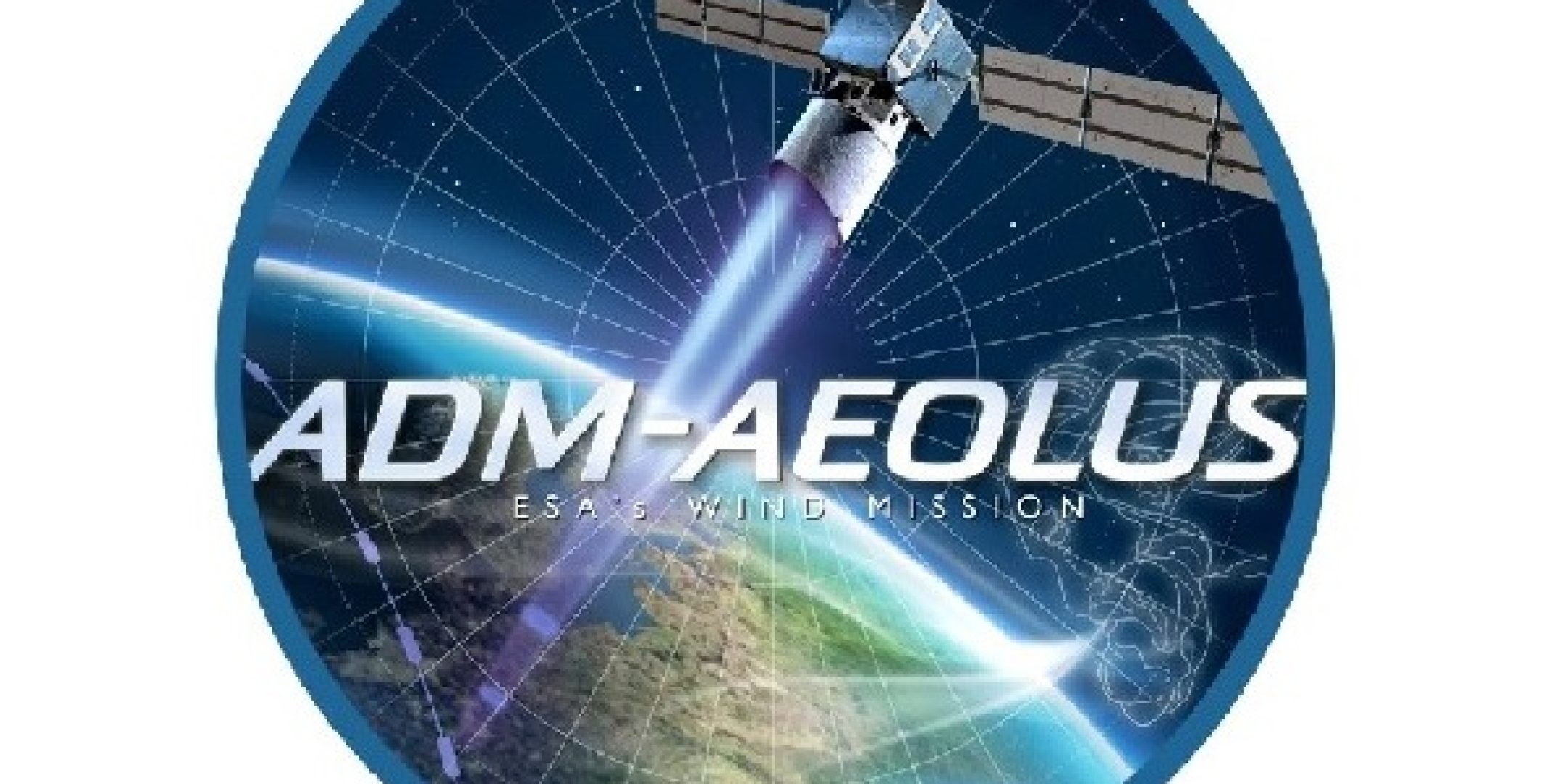Wednesday 22 August, Vega accomplished a flawless launch from Europe’s spaceport at the Guiana Space Centre (CSG), orbiting the European Space Agency’s Aeolus satellite. This launch was the fifth of the year from the CSG and the first for Vega, marking the vehicle’s 12th straight success since its maiden flight in 2012.
Orbiting at an altitude of approximately 320 kilometers, Aeolus is carrying the Atmospheric LAser Doppler INstrument (ALADIN) that will measure winds in Earth’s atmosphere to produce dynamic 3D maps. This unique instrument, the result of France’s world-renowned lidar expertise, will acquire precise data thanks to its novel and highly sophisticated ultraviolet laser technology. These data are eagerly awaited by climatologists, as they will improve weather forecasting, notably in the inter-tropical zone and the southern hemisphere, where ground stations are scarce.
After this latest success for Vega, https://fscience-old.originis.fr/wp-content/uploads/2023/06/GLOC_Oslo_Norway_S2_27juillet2022_web-2-1.jpg President Jean-Yves Le Gall commented: “I am delighted to see this 12th successful launch for Vega and the fifth of the year from the Guiana Space Centre, demonstrating once again the excellence of Europe’s spaceport. I would like to congratulate all of the teams who worked to make this latest success possible at ESA, the Italian space agency ASI, Avio, Arianespace, Airbus Defence & Space and across the European space industry. I would also like to underline the key role in this project played by https://fscience-old.originis.fr/wp-content/uploads/2023/06/GLOC_Oslo_Norway_S2_27juillet2022_web-2-1.jpg and the French research laboratories involved in conceiving the mission: the LATMOS atmospheres, environments and space observations laboratory and the LMD dynamic meteorology research laboratory of the Institut Pierre Simon Laplace (IPSL). This success confirms the availability and performance of the CSG, which is set to complete a packed launch manifest over the next four months.”








